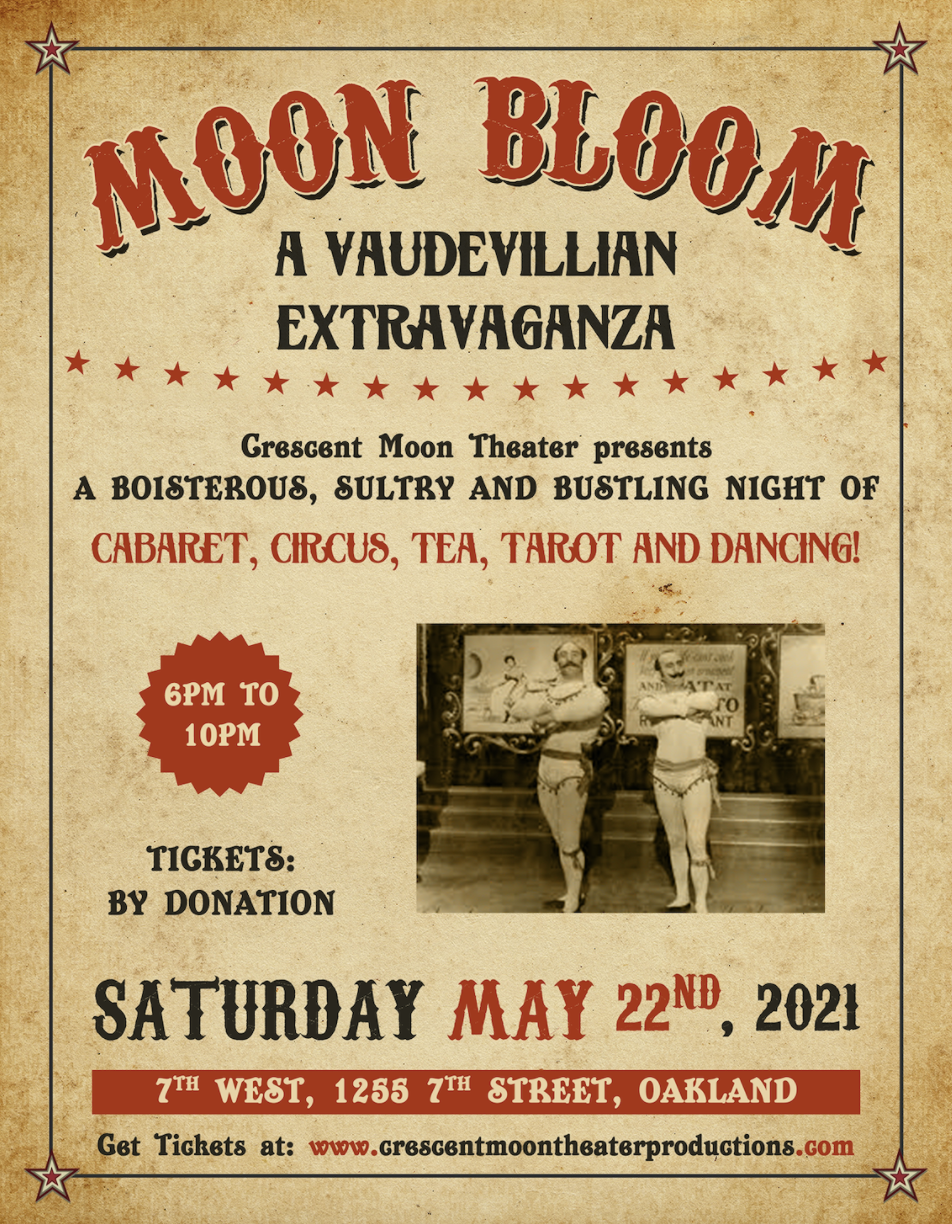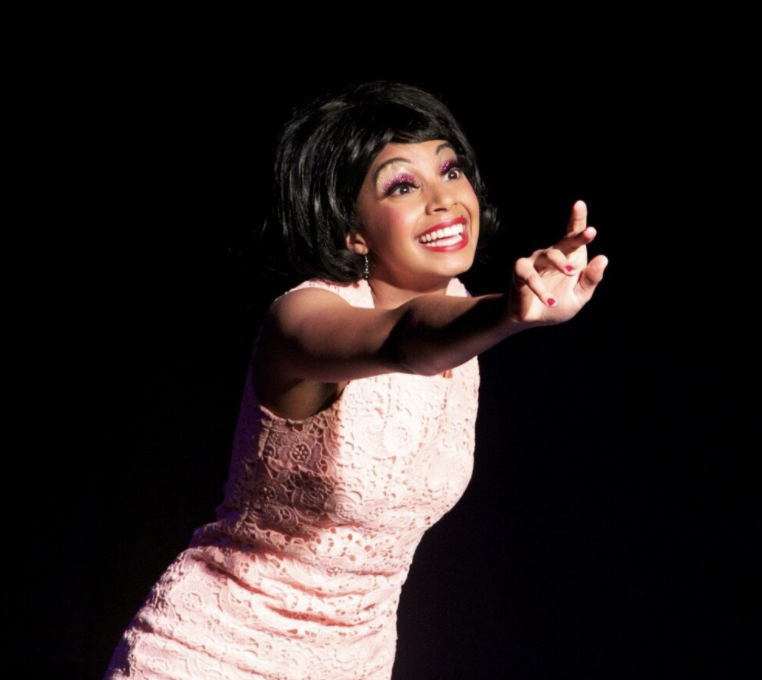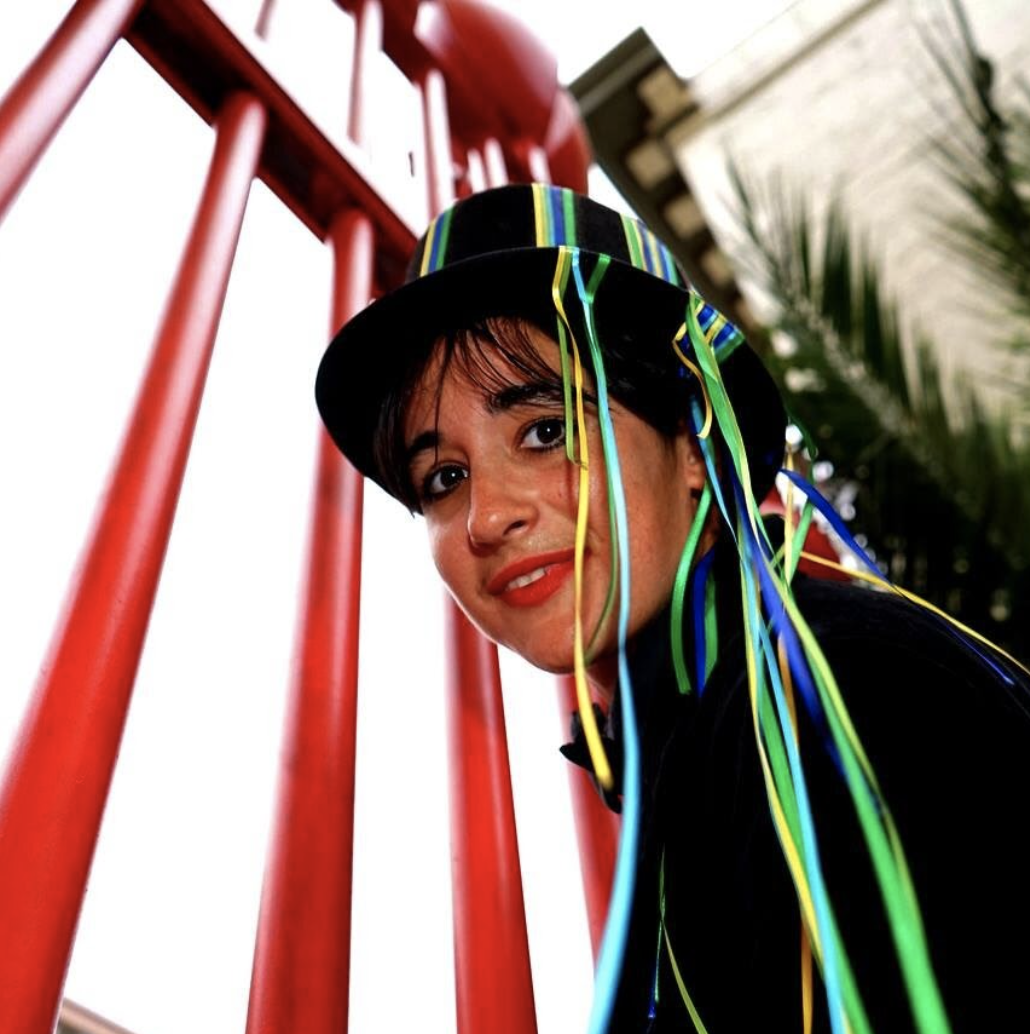By Usha Srinivasan & Priya Das
Silicon Valley nonprofit Mosaic America is bringing belonging to communities through inter-cultural co-created art with events like FolkSi 2018. Photo by Swagato B. Photography.
A Changing America
Over the past few years, the brilliant image of America as a beacon of hope, opportunity, and equality has extinguished. The lead up to the 2016 election laid bare the tears in the social fabric of our nation. Hateful, racist rhetoric aimed at exploiting xenophobia for political gain highlighted the ugly reality of the ‘all-American’ identity. To be all-American is to be White. Individuals who don’t fit this category are hyphenated-Americans who must justify their belonging by proving their worth. Police brutality against Black Americans, anti-Asian hate crimes and attempts to disenfranchise communities of color are manifestations of the deeply entrenched systems of White supremacy on which our nation was built. The founding fathers of the United States could not have been prepared for the challenge wrought by the 1965 Immigration Act to these entrenched systems. This legislation lifted race-based exclusionary practices, swelling a wave of immigration from Latin America, Asia and Africa, shifting America’s demography in unforeseen ways. Today, as it was in the days of our forefathers, we are a nation of immigrants, increasingly diverse and, yet, increasingly less integrated.
The Inadequacy of the Melting Pot
Dancers from Akoma Arts, founded by Keith Hames, at FolkSi: Silicon Valley Folk Festival 2018. Photo courtesy of Mosaic America
Given that the American model for social integration of immigrants has been the melting pot of assimilation, it shouldn’t surprise us that today, we find ourselves ill-equipped in the cultural competency required to manage rapid diversification. The notion that people can come to America from many different cultures and in this crucible of democracy and freedom, forge a new uniform American identity, is not only reductive but privileges an American identity of a White majority assimilating mostly White, European immigrants. For immigrants fleeing war, persecution and famine, it seemed a reasonable bargain to give up unique cultural practices in return for a chance at safety and most importantly, belonging. But the legitimacy of this belonging is premised on appearance. For many immigrants, Whiteness is not only unavailable, but undesirable.
With the growing accessibility of overseas travel and digital communications, the world has shrunk. Immigrants are more able to maintain cultural ties to their lands of origin. Even if they felt called upon to renounce their cultural identity, and dissolve into the mythical melting pot of America, they would still be asked “where are you really from?”
A Dream Deferred
As a nation, we sit at a crossroads: on the one hand, a White majority that feels threatened by the loss of their privileged status; on the other, disenfranchised immigrants who feel they only belong when they are with people who look and sound most like themselves. The American Dream has become one of cultural silos: people of common culture or ancestry living, eating, playing and praying in enclaves as hyphenated Americans.
Our hope is to find a way to break down these silos, fostering a national identity that transcends race, culture or national origin. We must find a new model of social integration; one that unites by a shared love of country and the values she stands for, rather than one that divides by religion, race or national origin.
Introducing Mosaic America
It was to address this fragmentation that I co-founded Mosaic America (formerly Sangam Arts), a nonprofit organization that aims to move communities from diversity to belonging through intercultural arts and dialogue.
A mosaic is a pattern made of stone, tile or glass produced by arranging together small pieces of material called tesserae. The absence of even a single tessera, either by error or omission, leaves a mosaic unmanifested. We believe that in the gloriously diverse and culture-rich Bay Area, valuable cohesion is possible through the deliberate commissioning of intercultural works of art. These works do not aim to erase or exclude distinctions, but instead, allows them to render a new vision of America: a mosaic that is greater than the sum of its individual parts.
Mosaic America co-founders Priya Das and Usha Srinivasan accept a Certificate of Recognition from the California State Legislature in honor of their event STAND: 2020 Day of Art and Solidarity as they came together to honor Dr. Martin Luther King Jr.'s legacy by creating and sharing art in many forms.
Mosaic programming uses the arts to build the foundation of authentic representation and inclusion, paving the way to foster a sense of Belonging for all who live, work, play, and pray in our community. While we all appreciate the diversity in Silicon Valley, salient pockets of segregated lives still remain. Thus, we have older settlers who resent their new neighbors and cities adopting new social contours with no regard to local history. Unevenly distributed economic opportunity, blind to unique cultural histories, has contributed to the displacement of several communities. For example, residents who have come here from all over the world may have little to no knowledge of the Indigenous populations who still live among us. These Indigenous peoples continue to struggle to preserve and promote their cultural stories in the face of colonizing White settler-based narratives. We believe that culturally rooted art forms can be used to illuminate these stories and connect them to other peoples and cultures in our community.
Merely living in a community and sharing roads, schools and municipal services does not create a sense of Belonging. It takes meaningful and repeated interactions in community settings and a fact-based understanding of the community’s history and people to cultivate a common vision for the future. Mosaic’s approach is to draw on rich artistic and cultural community assets to create collaborative, intercultural performances that prioritize authentic co-creation.
Building Dreams Together
What does this authentic co-creation look like in practice? One of our first productions under the Mosaic Silicon Valley umbrella was RaasLorico, a collaborative work between Indian folk-dance (Raas) artist Srividya Eashwar (Artistic Director of Xpressions) and Mexican Folklorico artist Arturo Magaña (Artistic Director of Ensamble Folclórico Colibrí). The piece was commissioned with the goal of connecting these traditions authentically. Mosaic sought to build a bridge between the audiences to connect their respective communities and to reflect on the connection onstage.
RaasLorico would showcase both Raas and Folklorico separately, then bring the two together with all dancers on stage. There was some trepidation at first about safely intertwining two traditions, with one requiring bare feet and the other, hard-soled boots. Once the dancers got together, however, the fear subsided with the common rhythms of Raas and Folklorico emerging together as a shared heartbeat. Once this commonality was found, trust in each other grew, and safety was felt in a number of ways—not just for dancers’ feet, but the safe passage to share cultural traditions joyfully and authentically. The performance brought neighbors together in a way they had never connected before. After the success of RaasLorico, Srividya and Arturo have continued working together, offering workshops in cross-cultural dance, and producing more performances for a new shared audience.
This was not a work of fusion nor a melting pot, where each participant was pushed to compromise or contort their practice to meet perceived audience preferences. Instead, the authenticity of the traditions was maintained, allowing everyone to claim their whole identity. This was a true coming together of distinct identities, creating a whole that was greater than the sum of its parts: a mosaic that is quintessentially American.
Indian dancers of Xpressions and Folklorico dancers of Ensamble Folclórico Colibrí. Photo by Swagato B. Photography
It can be easy to assume that successes like this will continue, but our work is not without potential conflict. Arturo’s Ensamble Folclórico Colibrí sits at the intersection of LatinX and LGBTQ+ identities and promotes the pride of both through Mexican Folklorico dance. Given the anti-LGBTQ+ sentiment that exists for many in the diaspora, there was great potential for tension in RaasLorico and subsequent collaborations. We exist within that sort of risk all the time, and believe it is important to confront it. This tension drives us to create in the way that we do. Our goal is to break down barriers to find a shared humanity that respects all experiences, working towards a future in which we all support and feel supported by each other.
Mosaic continues to meet crises of identity in whatever forms they appear. We are now hoping to attract funding to produce Beautiful Dark, a collaborative dance vision of Cambodian dancer Charya Burt featuring live original music that explores the social and psychological impact of colorism including the social phenomenon of skin lightening and the physical, emotional, and cultural implications it has for persons of color.
This work is informed by Charya’s personal experience of beauty standards and self-worth growing up in Phnom Penh, Cambodia, where she was derisively labeled srey k’mau (black girl). Her collaborative partners, Vietnamese composer and musician Van-Anh Vo, poet Shikha Malaviya, and Odissi dancer Niharika Mohanty, all provide accounts of colorism within their communities as explorations within the piece. These women’s unique voices and experiences come together onstage in the intentionally racially-stereotyped beauty salon to illustrate how colorism - influenced by institutional practices, colonialism, popular culture, and relentless advertisements of skin treatments - impacts identity and ideals of beauty.
We are currently living through one of the largest racial justice uprisings in recorded history, reckoning with prejudices and oppressions that are rooted in anti-blackness. Colorism is just one of many expressions of anti-blackness that affect people from all cultures.
As this piece is specific to perspectives of women from South and Southeast Asia, we hope Beautiful Dark will have broader implications for addressing anti-blackness within non-Black communities of color. Our hope is that when this project is funded and presented, those who have experienced the pain of colorism see themselves in this work, so that we might contribute to their individual and collective healing.
Path-breaking with the Mosaic Festival
There's a light at the end of the tunnel and it's filled with inter-cultural art: art that celebrates, art that heals, and art that will conjure a united sense of Belonging in Silicon Valley. The Mosaic Festival will be a one-day event featuring performing arts, a healing garden, art exhibits and murals, and a bevy of food trucks representing the communities of Silicon Valley. This outdoor festival will be held on September 25, 2021 at the historic Mexican Heritage Plaza in East San Jose, known to many as a vertex of diversity. A celebration for all - families, artists and purveyors - the Mosaic Festival will use living art with cultural roots to spark tangible and meaningful harmony in our community.
While the Bay Area is at the cutting edge of the demographic shifts that have resulted from rapid diversification and segregation, other parts of America are sure to experience the trend. We believe our work in Silicon Valley can offer a template for other communities facing similar trends. We hope to build bridges and bravely commit to taking the first steps.

















